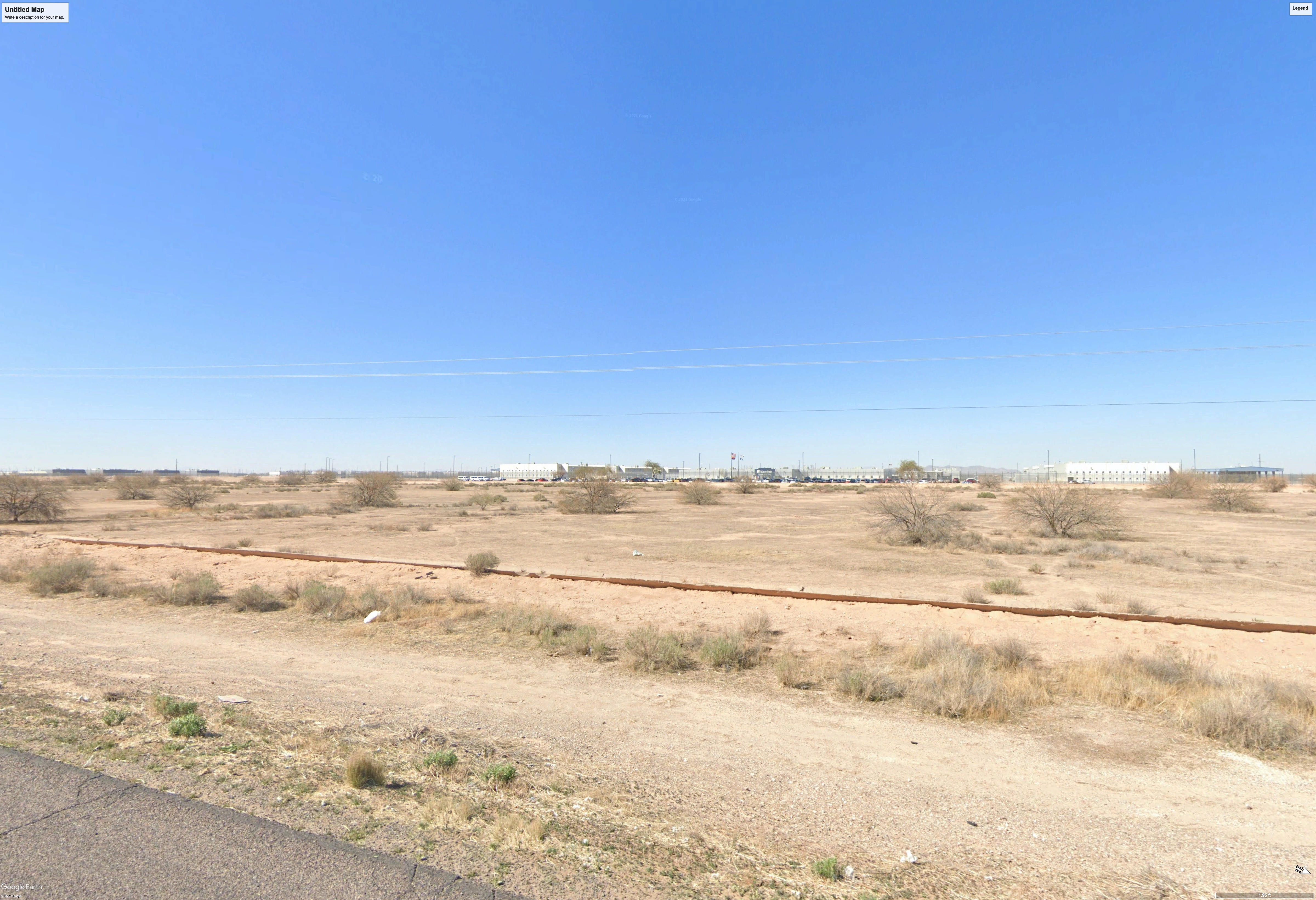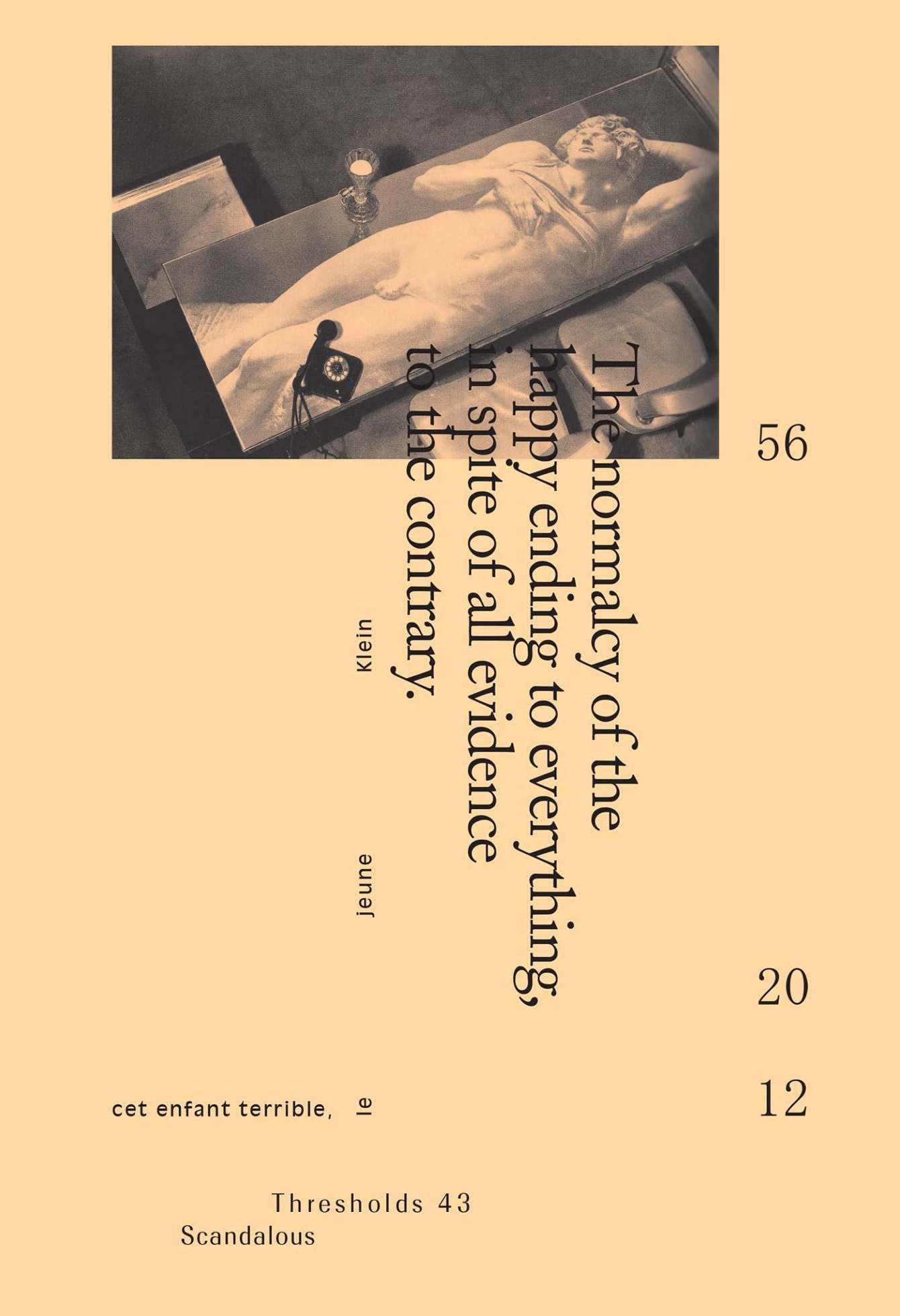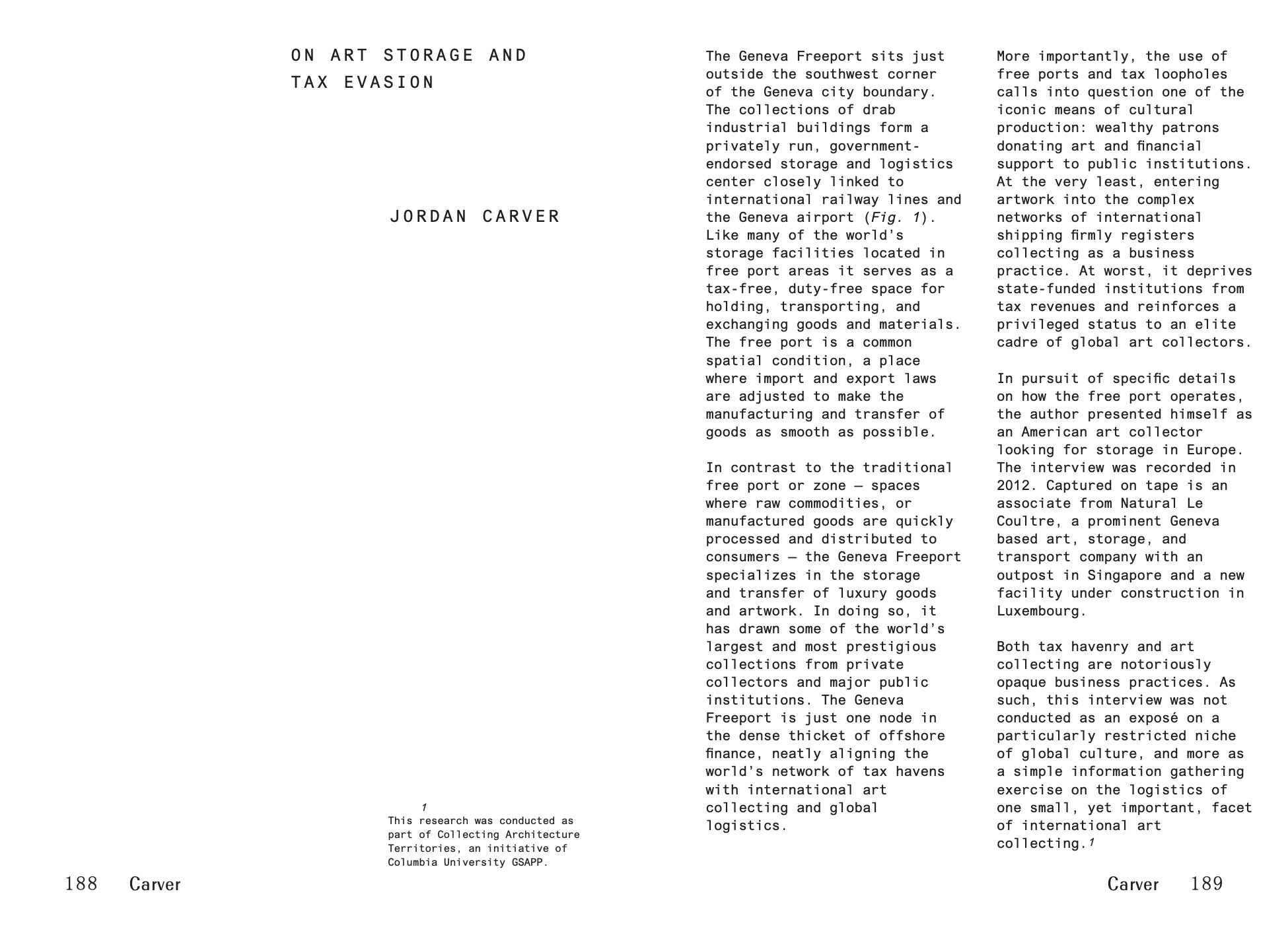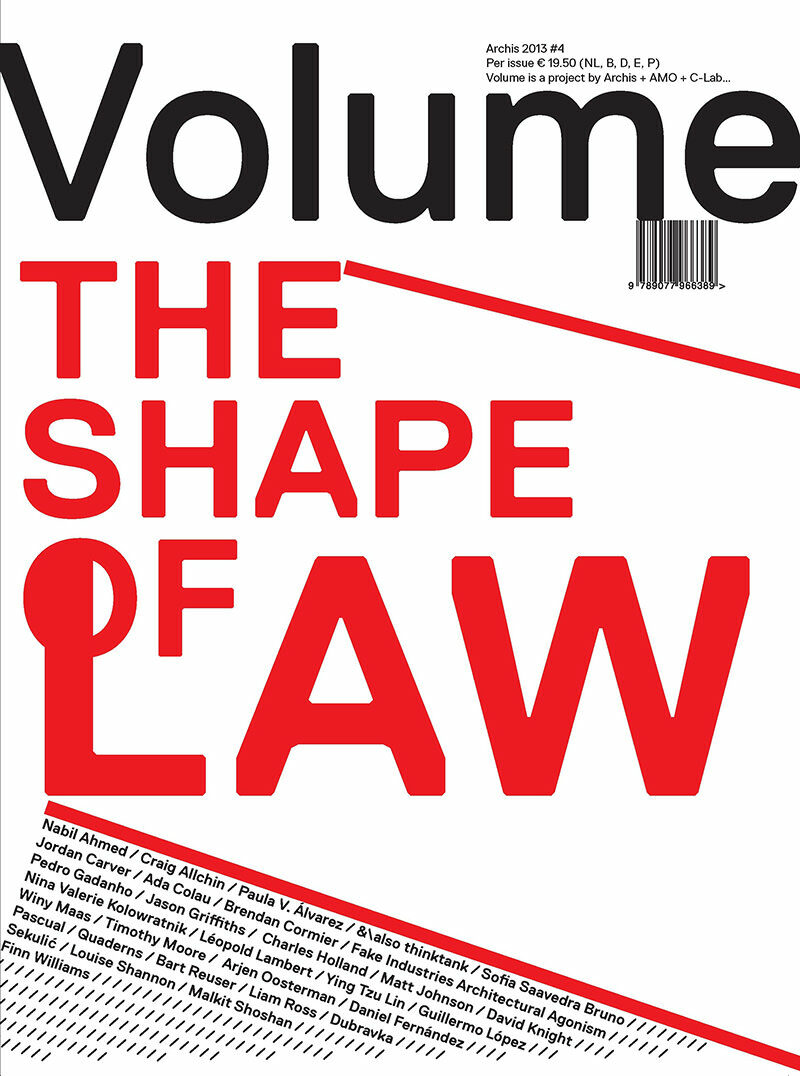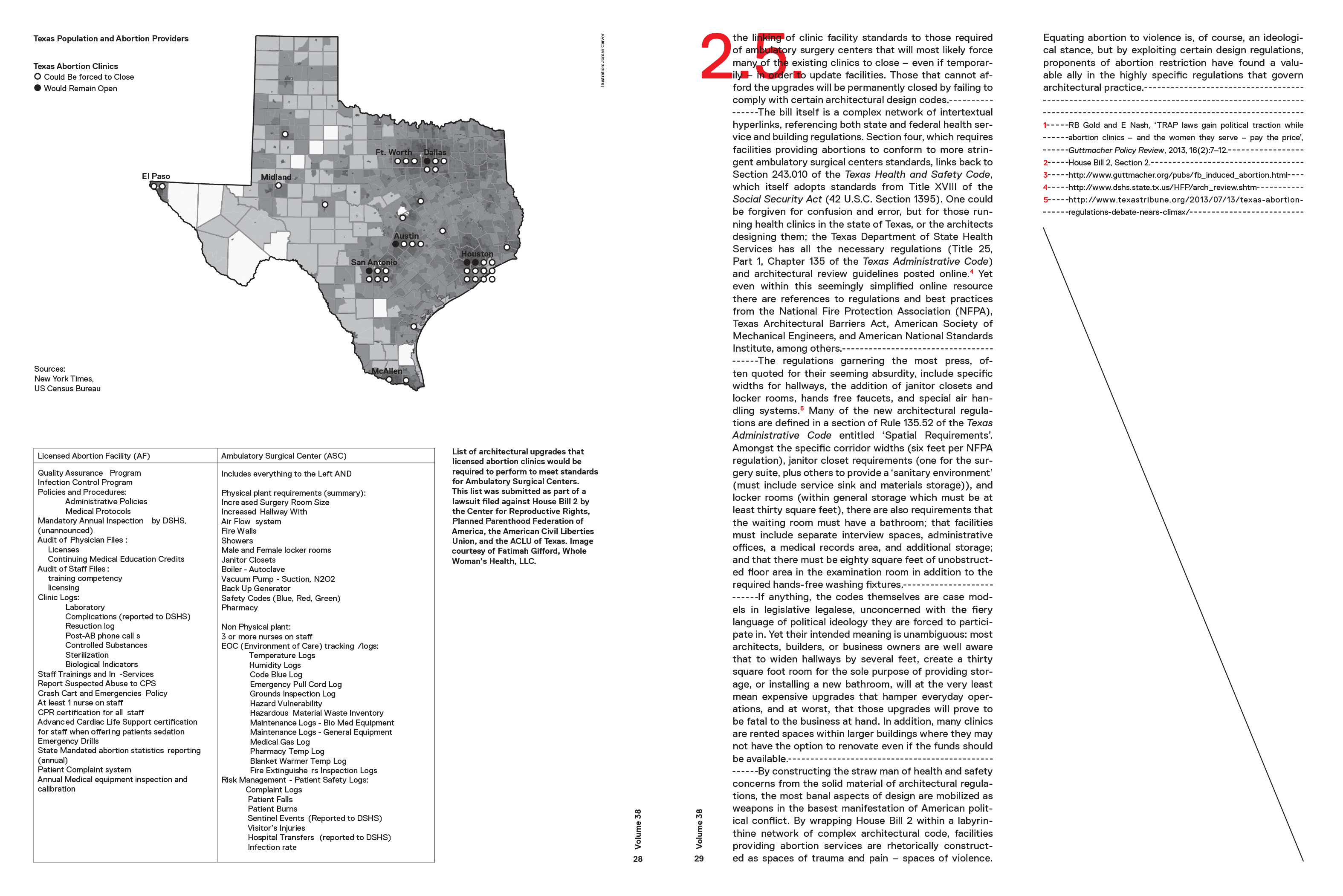The Boomerangs Return Home and Accumulate at Our Doorstep
forthcoming
Article on the return of imperial war-making technologies accumulating on the US-Mexico border. The article considers the imperial boomerang as theorized by Aimé Césaire via Hannah Arendt and Foucault. Published in the Cornell Journal of Architecture no. 13 (forthcoming).
Article considering the Supreme Court’s designation of “sensitive places” as a means to address gun violence and a sharp critique against conservative politicians and gun lobbyists calls for expanding defensive architecture in public spaces. Published in PLAT no. 11.
Collaboration with Andy Vann tracing the architectural networks of tax havenry. Shareholders require profits and businesses take advantage of uneven geographies and global juridical differences to maximize shareholder value. Focused in Bermuda, this article investigates the physical locations housing many of the world’s largest corporations and tracks their finances around the world. Published in [bracket] no. 3.
Article and annotated, clandestine interview with a large, Geneva-based art storage facility. The facility had been implicated in tax evasion and trafficking stolen artworks from Egypt, Iraq, and Syria. I presented myself as an art collector to see exactly how easy it was to move items in and out of Europe (very easy) and how much of my identity I was required to disclose (none). Published in Thresholds no. 43.
A short article focused on the use and spatial requirements of targeted restrictions on abortion providers—TRAP laws—used to restrict access to abortion based on clinic design. At the time, Texas had mandated all abortion providers adhere to medical facility design requirements including upgraded ventilation systems and larger hallways. TRAP laws are widely understood to limit access to women’s health care by mandating expensive facility upgrades. Published in Volume no. 38.




